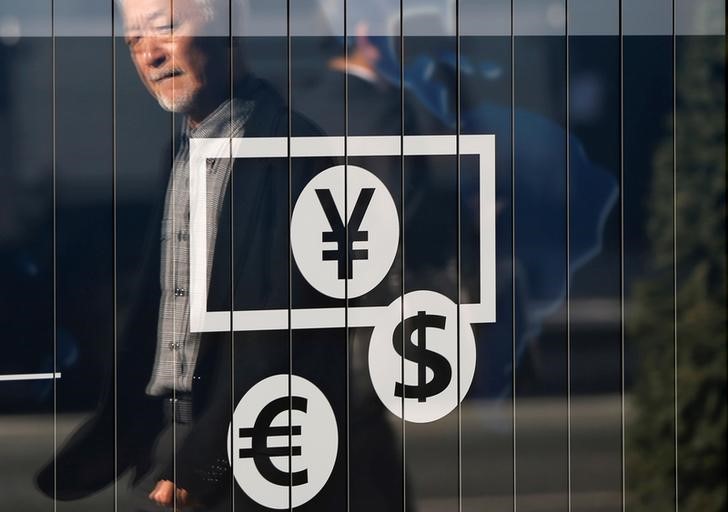Investing.com — Donald Trump’s inauguration week started with a rally in G10 currencies against the U.S. dollar (USD), driven by a Wall Street Journal report hinting at a possible slowdown in rates.
UBS strategists, citing their short-term valuation model, analyzed the rally and assessed the extent of rate risk priced into currencies since last Friday, and consequently the potential for the USD to weaken in the short term.
According to UBS, the currencies (EUR), (AUD) and (NZD) were the most misaligned at the start of the week, with fair values (FVs) estimated at around 1.0450, 0.6400 and 0.6400 respectively 0.5750.
While UBS expects the EUR to achieve its short-term target, they are more skeptical about a significant rally in commodity currencies such as the AUD and NZD, citing persistent undervaluation and continued weakness in China.
The investment bank also maintains that, with the exception of (CAD), long positions in the USD are not excessive enough to suggest a major correction for the EUR and (JPY).
“Ultimately, we think the USD pullback presents buying opportunities,” strategists led by Vassili Serebriakov said in a note.
As the focus remains on the dollar, UBS notes that the yen is approaching significant event risk with the Bank of Japan (BoJ) meeting scheduled for January 24. About 22 basis points of interest rate increases are already expected, indicating that a 25 basis point increase is possible. would not lead to substantial increases in the JPY, even if this would reinforce the BoJ’s deviation from the global policy easing trend.
UBS’s equity hedge rebalancing model also indicates the possibility of the JPY buying at the end of the month.
Turning to the euro, strategists highlighted the currency’s resilience over the past two years despite weak fundamentals. They attributed this strength to a strong balance of payments surplus, driven by the return of foreign bond inflows.
However, UBS warns that these inflows, especially into French debt, could be at risk if French political uncertainties persist and the European Central Bank (ECB) continues to cut interest rates.
“What we have seen so far is some weakening in demand for French government bonds, especially from Japanese investors, but overall bond inflows remain resilient through November,” strategists noted.
Looking ahead, they suggest keeping an eye on this sector as the attractiveness of the Eurozone yield environment for global investors may change.


